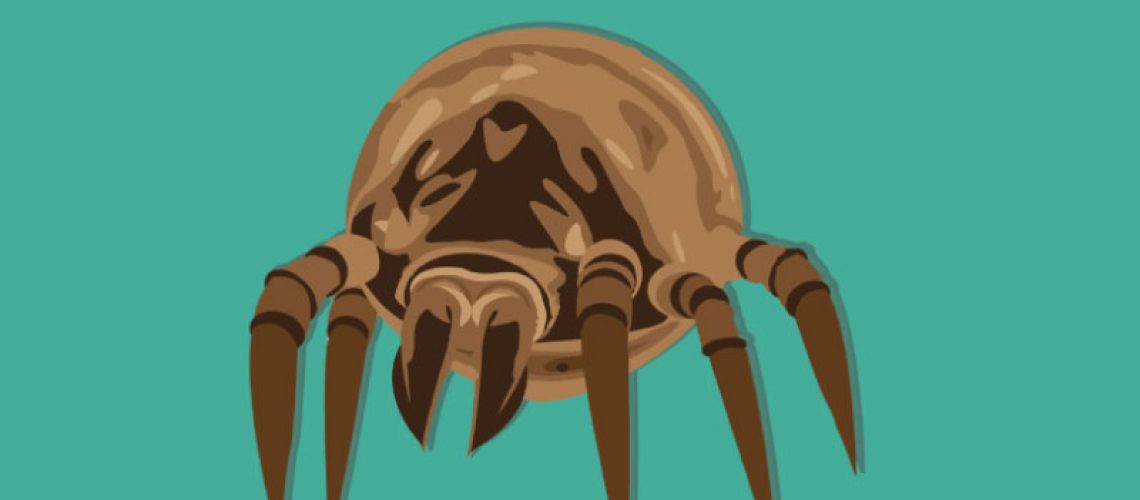If you suffer from respiratory allergies, you know how difficult it can be to manage the symptoms. But did you know that one of the major culprits behind these allergies is house dust mites? These microscopic arachnids thrive in warm, damp, and dark environments, such as our furniture and, most notably, our beds. In this blog post, we’ll explore the problem with respiratory allergies caused by dust mites and provide practical tips on how to reduce their presence in your home.
What are Dust Mites?
Dust mites are microscopic arachnids that feed mainly on the remains of human skin. Each person “produces” about 1.2 grams of skin per day, which is enough to feed approximately 100,000 mites! A mated female house dust mite can last up to 70 days, laying 60 to 100 eggs in the last five weeks of her life. In a 10-week lifespan, a house dust mite will produce approximately 2,000 fecal particles and an even larger number of partially digested enzyme-covered dust particles.
Understanding Allergic Reactions
Unlike common household pests, such as fleas, dust mites do not bite. However, their bodies, secretions, and especially their feces contain specific proteins that can trigger allergic symptoms in susceptible people. The results are not only respiratory allergies but can also include dermatological issues such as eczema. Symptoms of respiratory allergies can range from severe headaches, runny nose, and watery eyes to shortness of breath, wheezing, and tightness in the chest. Poor sleeping habits and rashes are also common. It’s important to understand how allergic reactions occur so that you can take steps to prevent them.
How to Reduce Mites in Your Home
While it’s impossible to completely eliminate dust mites from your home, their numbers can be drastically reduced to minimize the risk of respiratory or dermatological symptoms. Here are some practical tips on how to reduce dust mites in your home:
- Use anti-dust covers for mattresses and pillows to reduce the number of skin flakes that mites feed on.
- Blankets and duvets that do not have covers should be washed every two months in hot water.
- Pillowcases should be washed weekly in hot water, preferably at more than 140 ° F to kill dust mites.
- Avoid upholstered furniture as much as possible. Choose leather, vinyl, plastic, or wood if you can.
- If you have carpets, wash them regularly and dry them outdoors on warm and sunny days.
- When vacuuming the house, use a vacuum cleaner with a HEPA-type special filter to trap dust mites. Allergy sufferers should avoid this task or wear a mask to avoid inhaling the mites.
- After the house is vacuumed, it should be ventilated for some time to help clean the air.
- Keep the house dry and well-ventilated to reduce humidity, which dust mites thrive on.
- Dust furniture weekly using electrostatic or damp cloths instead of a mop, which can stir up dust and mites.
- Avoid heavy curtains or blinds for windows and doors. If a curtain is necessary, choose a flat one that can be easily washed.
- Remove carpets and rugs from the rooms of the allergic person. Wood or ceramic floors can be cleaned with electrostatic or wet cloths.
- Don’t leave cuddly stuffed animals in the bedroom. Choose wood or plastic toys that can be easily washed.
- Don’t clean the bed when you wake up. Allow moisture to dissipate from the mattress before doing so.
Did You Know?
In addition to dead skin cells, dust mites feed on fabric fibers, hair particles, earth, pollen, fungi, and other substances brought by the wind. Here are some interesting facts about dust mites:
- 19,000 mites can live in a gram of dust.
- The size of the mite can be only 0.2 to 0.3 mm.
- 1.5 MILLION mites can be found in the dust of a vacuum cleaner bag.
Conclusion
Dust mites are a major cause of respiratory allergies that affect a significant percentage of the world’s population. While it’s impossible to completely eliminate them, their numbers can be significantly reduced by following the tips provided in this blog post. By taking practical steps to reduce dust mites in your home, you can improve your health and breathe easier. Don’t let these microscopic creatures keep you up at night!


